Image by Funes-Rainer
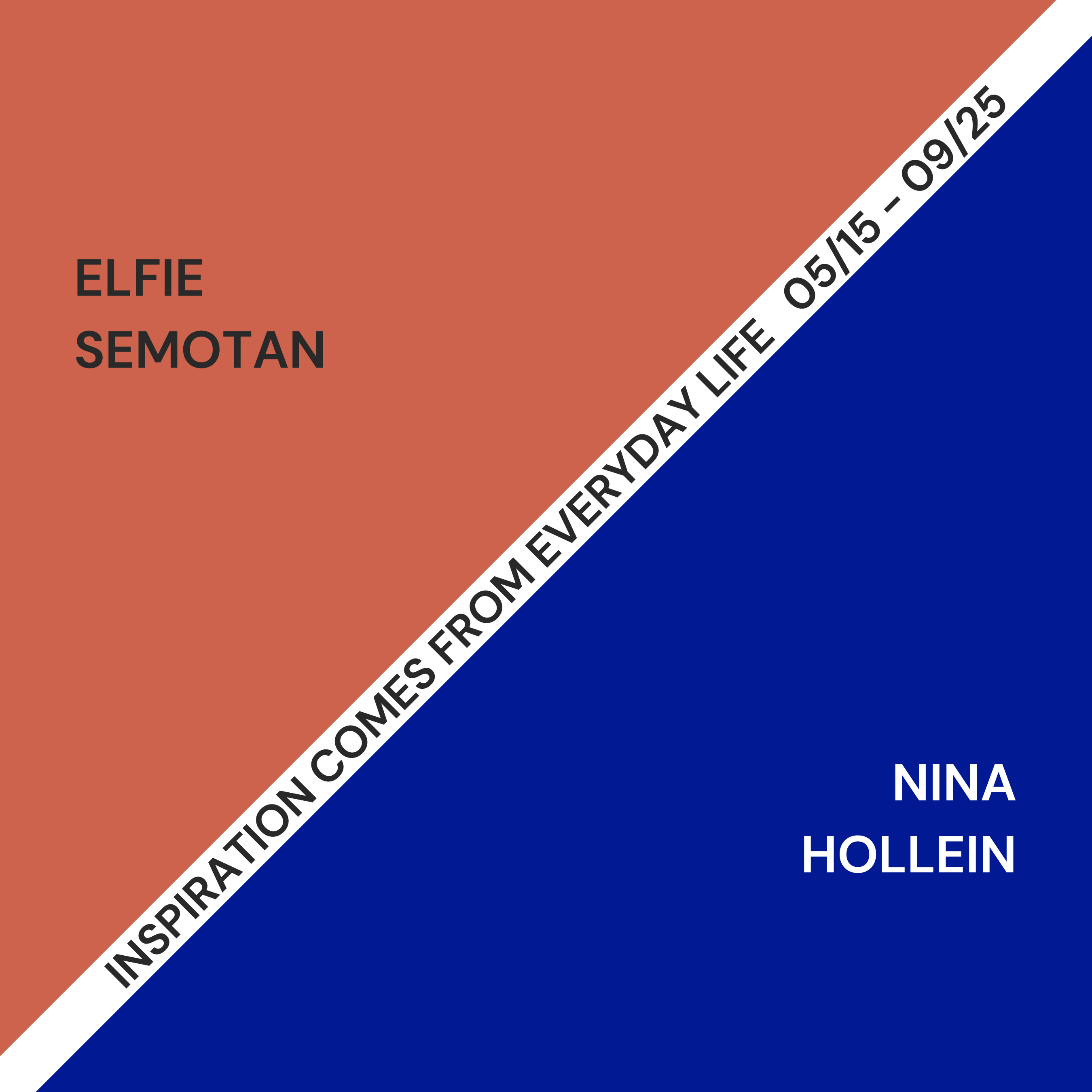
MAY 15 - SEPTEMBER 25, 2024
Inspiration Comes from Everyday Life: Works by Elfie Semotan and Nina Hollein
Open daily from 10am – 6pm
Austrian Cultural Forum New York
11 East 52nd Street, New York
Curator: Dr. Gerald Matt
ABOUT THE EXHIBITION
The Austrian Cultural Forum New York (ACFNY) is delighted to present “Inspiration Comes from Everyday Life: Elfie Semotan and Nina Hollein,” an exhibition that delves into the captivating convergence of fashion, photography, art, and architecture. Featuring a comprehensive array of photographs by Elfie Semotan alongside distinctive garments designed by Nina Hollein, the exhibition will be on display from May 15 to September 25, 2024.
The Austrian artist Elfie Semotan (born 1941) is widely considered one of the leading fashion photographers. In the course of several decades, she has worked for many of the most prestigious fashion magazines and designers worldwide. Originally a successful fashion model in Paris, she already transitioned behind the camera in the late 1960s.
Nina Hollein (born 1971), is a fashion designer from Austria, who for the past fifteen years has created unique, complex designs for women with a focus on adaptability and sustainability. She initially pursued studies in architecture at the Vienna University of Technology and worked in the New York architectural firms of Peter Eisenman and Tod Williams Billie Tsien Architects in the early 2000s, before turning to fashion.
While Semotan lived and worked in New York for many years, Hollein has called New York her home since 2016.
The exhibition “Inspiration Comes from Everyday Life: Elfie Semotan and Nina Hollein” presents two artists who, despite their diverse approaches and mediums, share a profound appreciation for fashion as an art form, the individuals and individuality it celebrates, notions of timeless beauty, as well as forms that transcend the ordinary.
Elfie Semotan‘s precise timing, unconventional perspective, and intuitive eye for the decisive moment, combined with her creative use of light and fascinating angles, make her a prominent figure in the world of photography. It is through her attentive and sensitive observation of people and their personalities, as well as of the everyday and its frequently overlooked elements, that she discovers (or uncovers) her visual motifs. She frequently captures the coincidental, turning these moments into captivating compositions that succeed in blurring the line between art and fashion photography. The exhibition at the Austrian Cultural Forum New York offers a comprehensive overview of the oeuvre of this Grande Dame of Austrian photography.
Nina Hollein‘s fashion skillfully navigates between sculpture and garment, as well as between space, material, and body. The range of her creations extends from dresses and skirts to elegant coats, capes, and evening gowns. She draws inspiration from everyday objects, patterns, colors, and shapes. Her nuanced exploration of cut, form, material, light, and color reflects her background as an architect. For Hollein, textile art transcends conventional boundaries to incorporate spatial configurations and interventions. Clothing thus becomes an extended, often delicately lightweight shelter, acting as a bridge between the human body and architecture. Each design by Nina Hollein is unique and made by hand, emphasizing its individual value.
Whether viewed individually or in dialogue, Elfie Semotan’s photographs and Nina Hollein’s fashion immediately captivate us. They are imbued with a passion for people, objects, as well as notions of presence and transience. They do not represent the visible, they make visible.
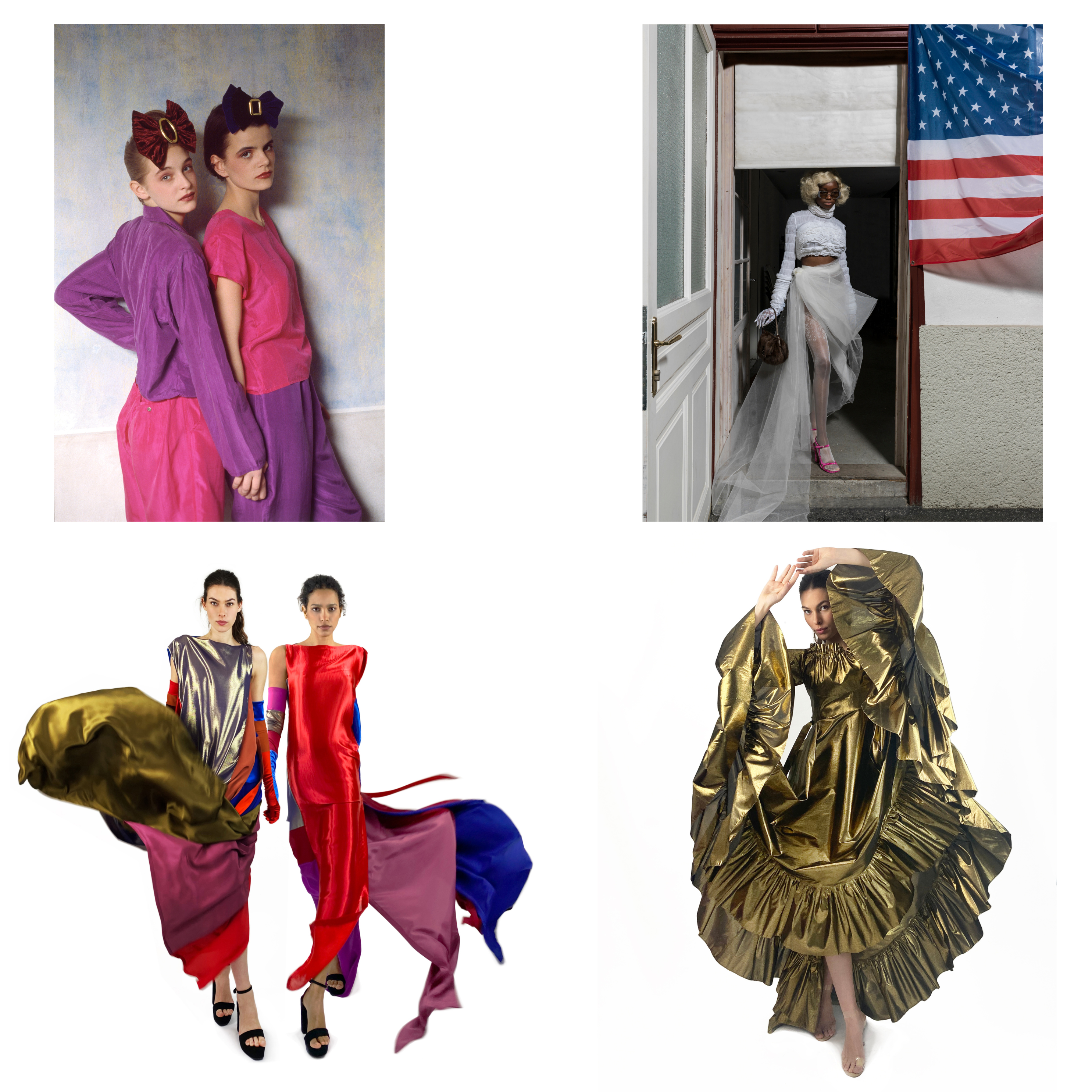
ABOUT THE ARTISTS
Elfie Semotan is counted among the internationally best-known fashion photographers. Through her work, she demonstrates that the boundaries between art and fashion photography are obsolete. Semotan initially began her career as a fashion model in Vienna, where she also belonged to the emerging Austrian art scene and developed her interest and love for the art of artists like Konrad Bayer, the Vienna Group, Friedensreich Hundertwasser, and the Actionists. In 1961, she moved to Paris and worked on the catwalks and in the salons of renowned fashion houses. By the end of the 1960s, she transitioned behind the camera and embarked on an international career as a photographer, traveling between Paris, New York, and Vienna. Semotan’s extraordinary campaigns for Palmers and Römerquelle are unforgettable. “Trau dich doch” (Dare to do it) was the provocative slogan of the lingerie brand Palmers. Semotan confidently and provocatively showcased her models in black lingerie, sparking a debate about the boundaries of advertising and its portrayal of women. Her works appeared in magazines such as Vogue, Elle, Esquire, Marie Claire, Harper’s Bazaar, and The New Yorker. However, Semotan soon began to establish herself as a portraitist. She photographed figures of the art world like Louise Bourgeois or Maria Lassnig, as well as film stars like Ben Stiller or Willem Dafoe. Beginning in 1986, a close collaboration and friendship with the emerging fashion designer Helmut Lang developed. In 1992, Semotan moved to New York. Her portraits are considered exceptionally precise, focusing on the individual and their characteristics. This sensitivity, keen observation, and empathy for her subject are also evident in her landscapes and still lifes. Semotan was married to the brilliant enfant terrible of the arts, Martin Kippenberger, and previously to the painter Kurt Kocherscheidt.
After completing her architecture diploma in 1996, Nina Hollein moved to New York City and worked at the offices of Peter Eisenman and Tod Williams Billie Tsien Architects. In 2000, she relocated to Frankfurt am Main with her husband, Max Hollein. There, she worked for the architecture firm Albert Speer. Hollein also worked as an author, writing reviews for the Frankfurter Allgemeine Zeitung and essays for children’s books. In 2008, Hollein transitioned from architecture to fashion and, as a self-taught designer, founded her own fashion label for women and children. Her versatile designs are of a sculptural nature, serving as both fashion and object. Handcrafted as unique pieces, they are innovative, embodying a manifesto for slow fashion, a more ecological and sustainable aesthetic. Traditional linen and utility fabrics from local weavers formed the basis of Nina Hollein’s fashion collections, which she transformed into extravagant designs with exceptional patterns. In her current collections, she incorporates leftover fabrics and scraps from her own production, integrating recycling and upcycling of vintage fabrics and distinctive clothing elements. With her versatile creations, she navigates between practical, everyday wear and experimental haute couture. Since moving to the United States in 2016, Nina Hollein’s studio has increasingly produced costumes for film projects and stage performances alongside her own collections. Her work is deeply influenced by her architectural background, her knowledge of geometry, and form. She believes that “architecture is the closest relative to fashion, the process from concept to design to execution is exactly the same.”
EXHIBITION OPENING
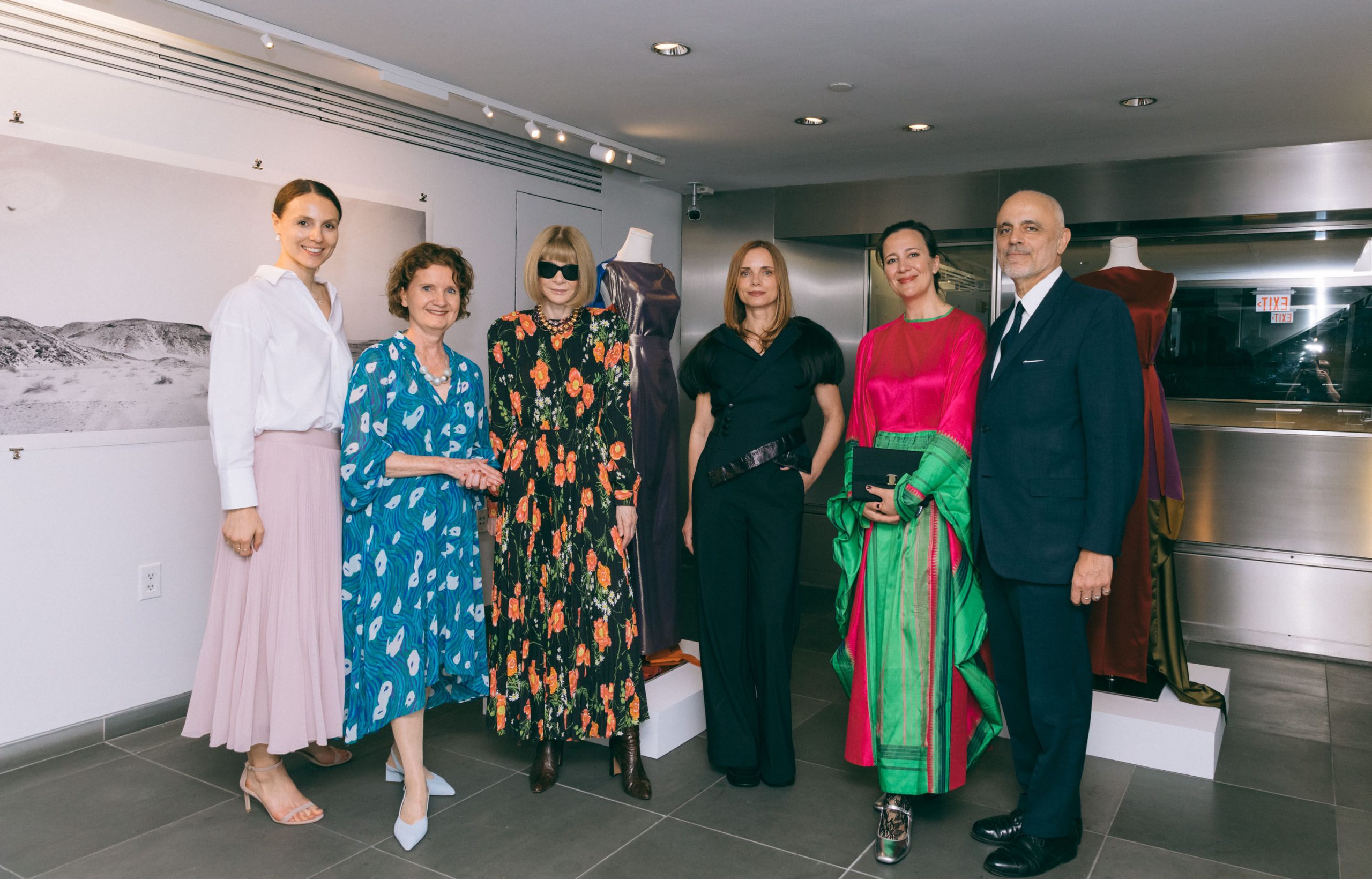
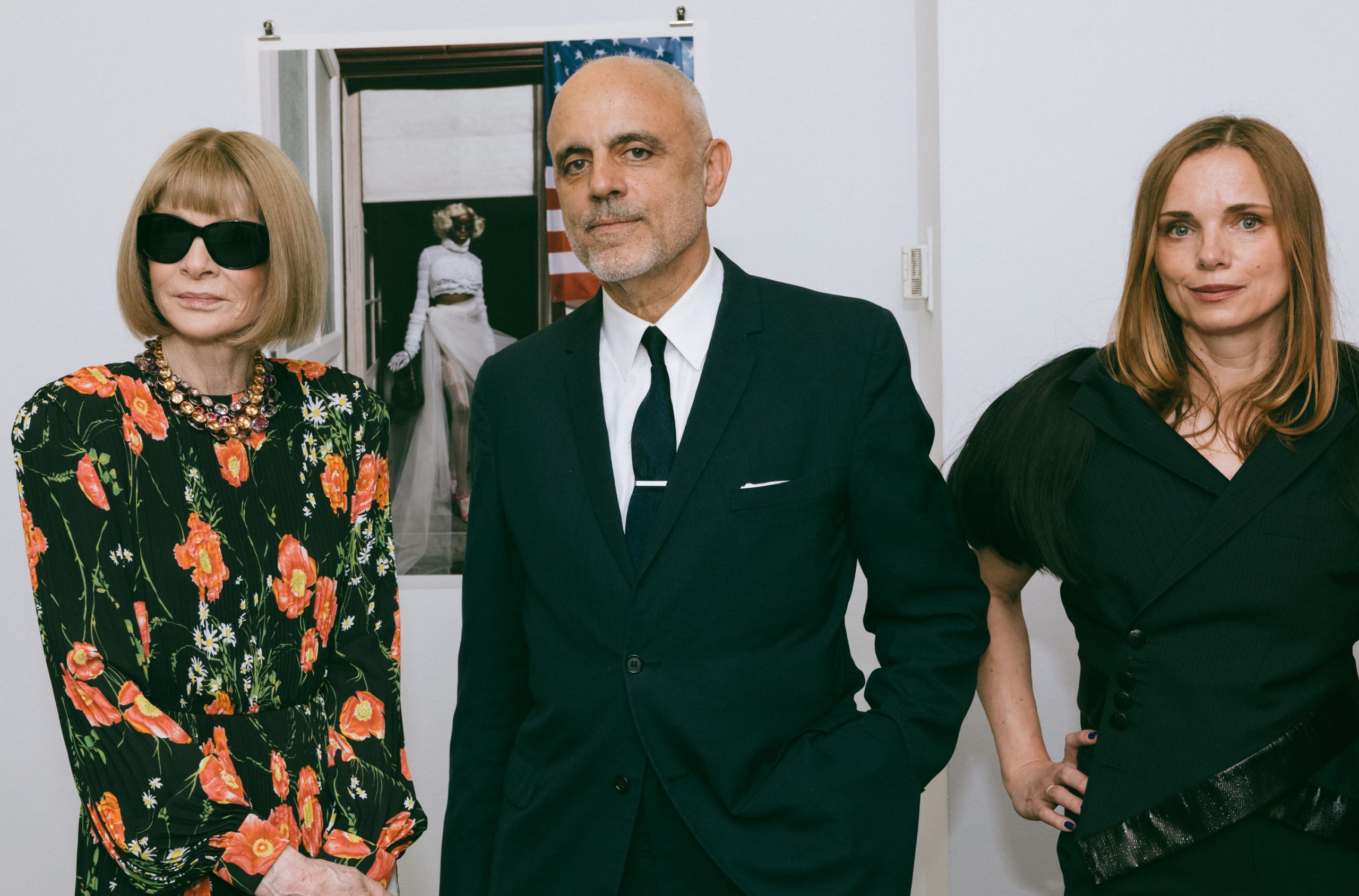

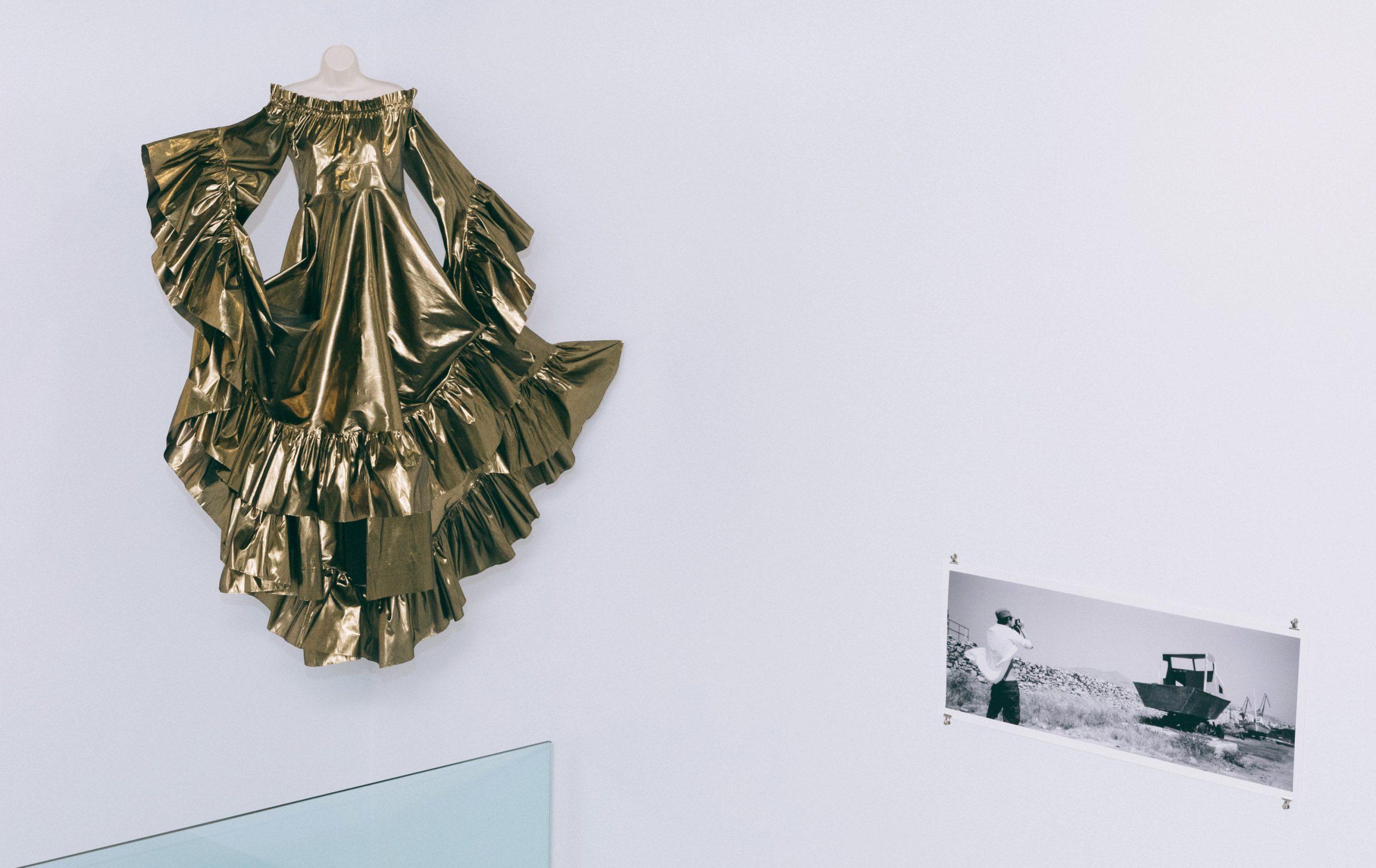
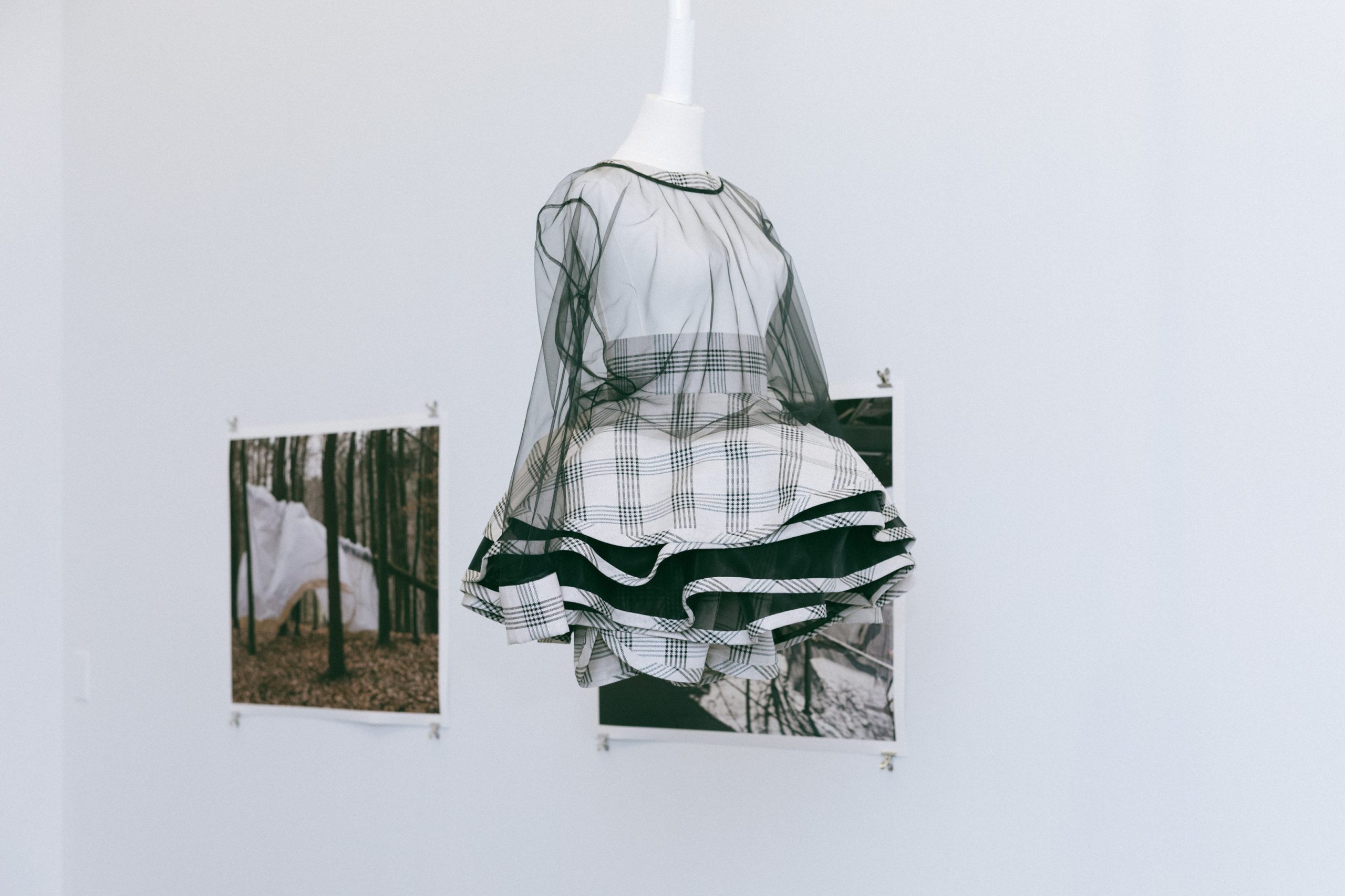

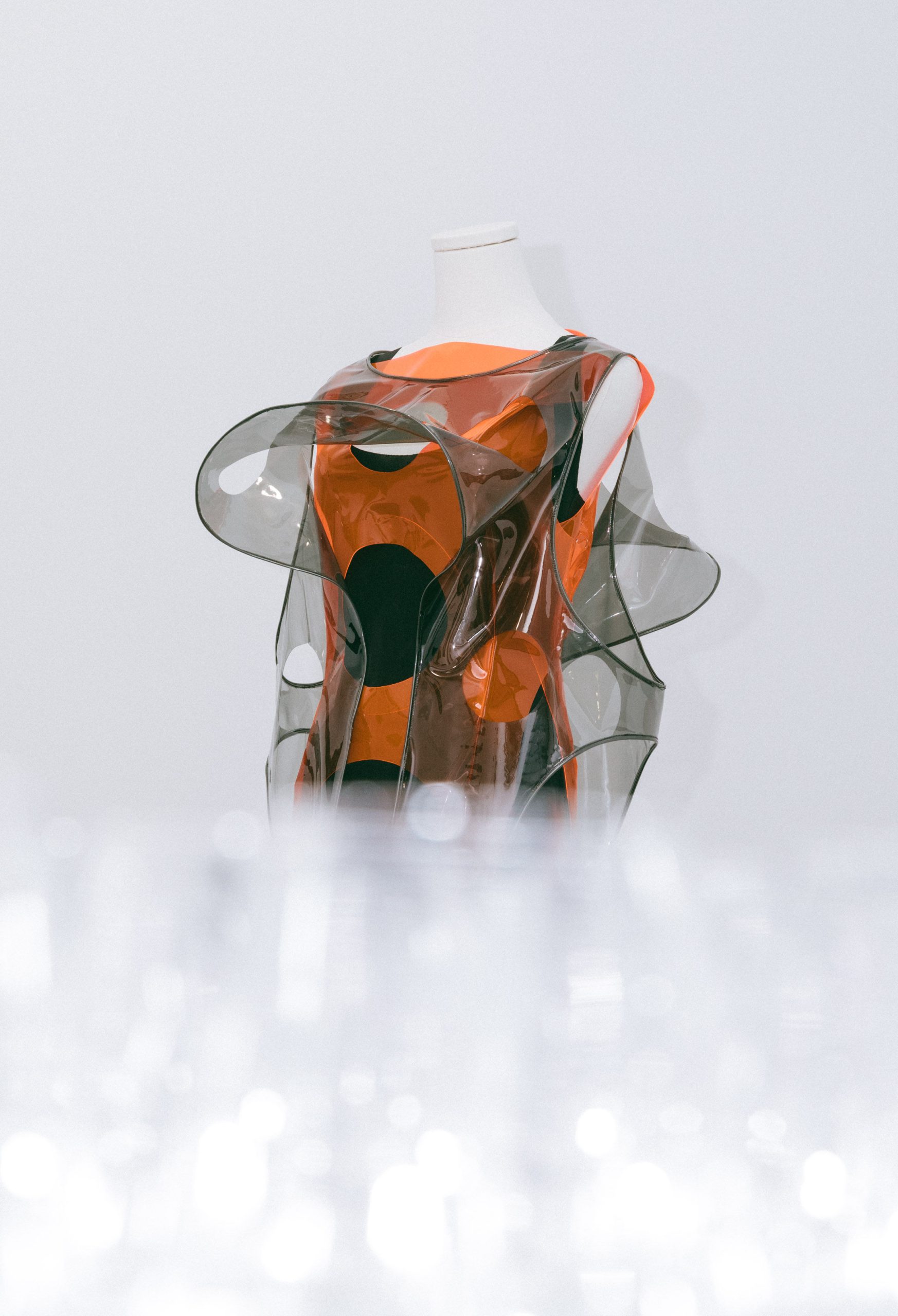
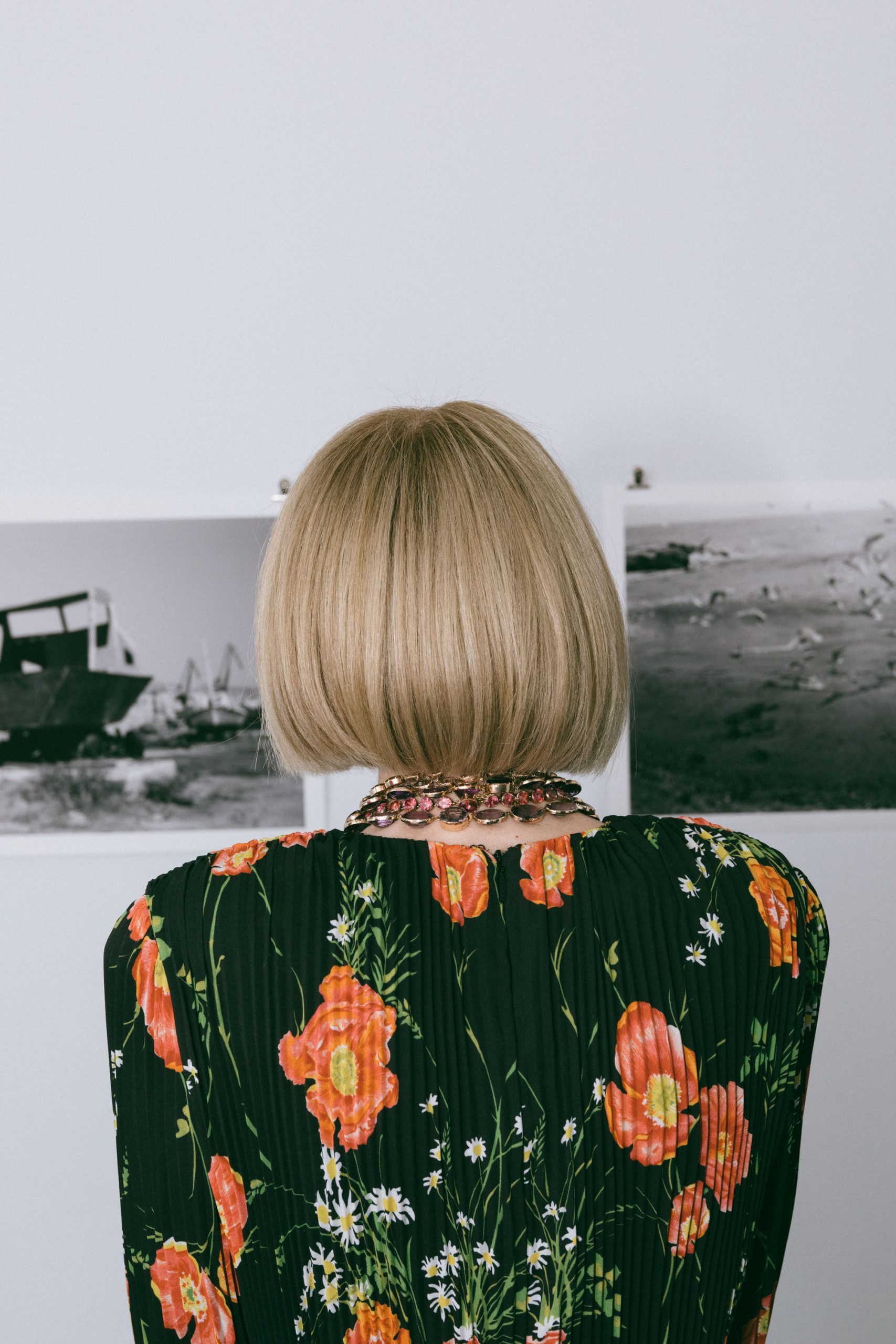


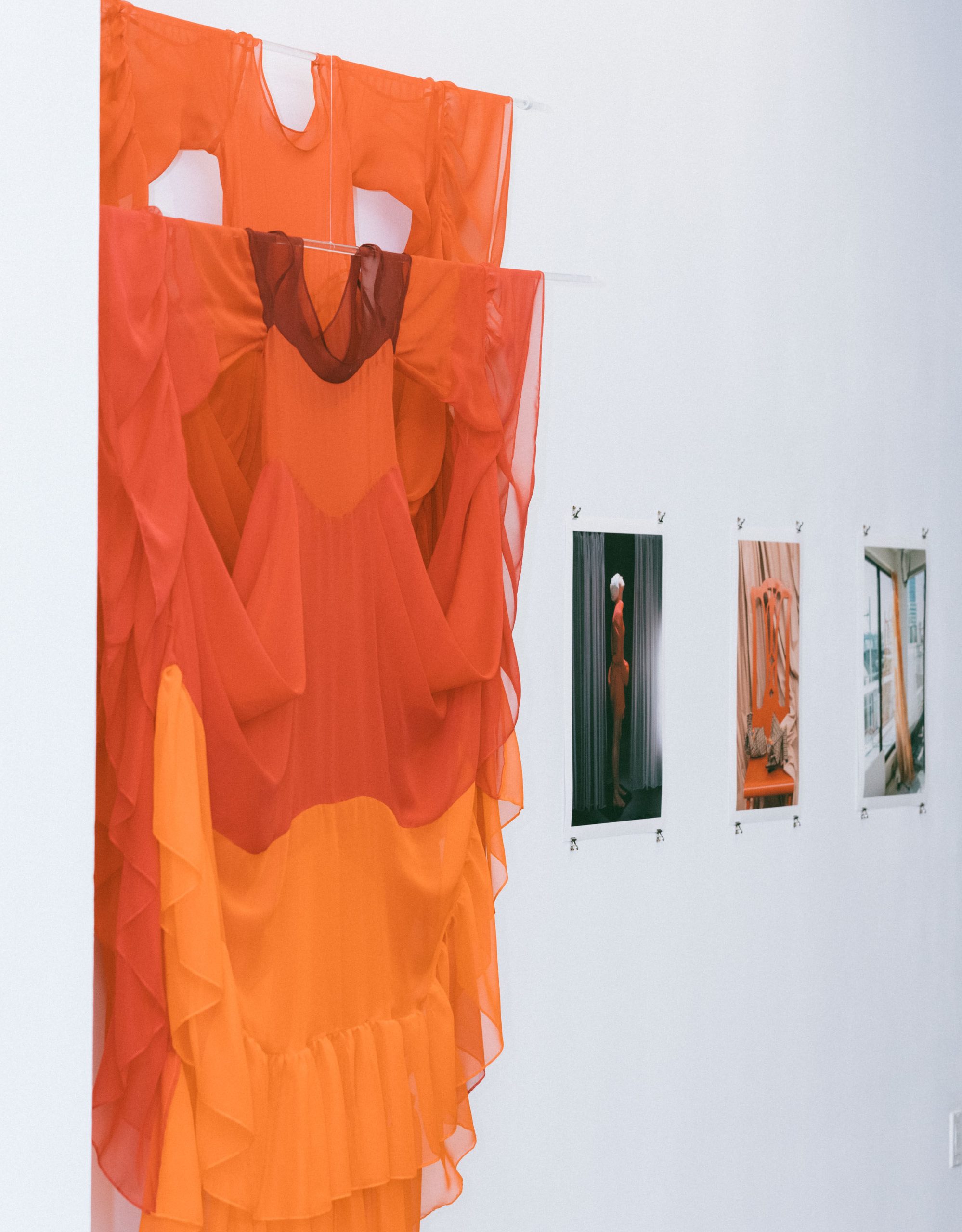
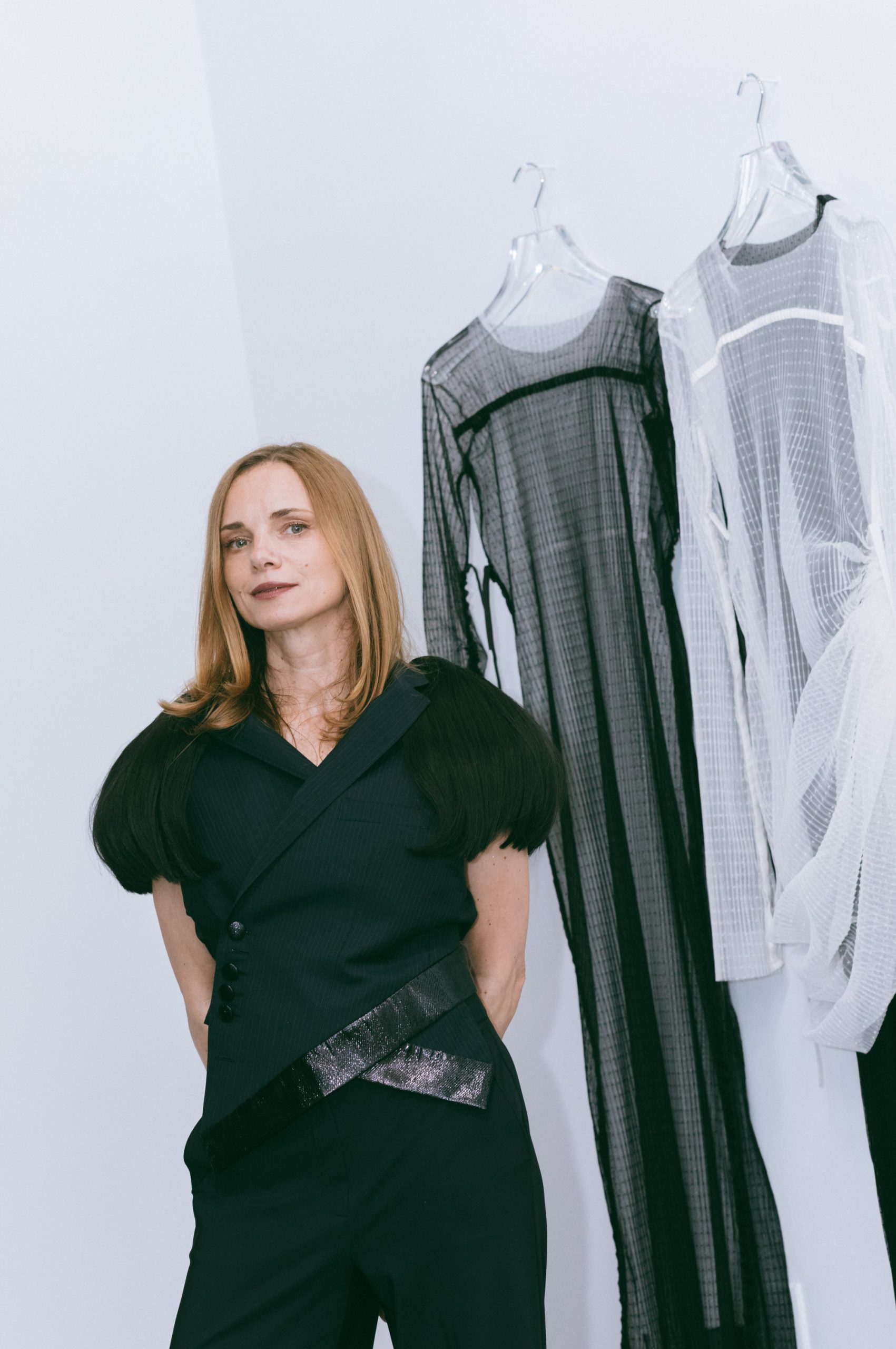
Images by Helga Traxler
ABOUT THE CURATOR
Dr. Gerald Matt is a curator, author, and talk show host. He has served as the director of the Art Institute Vienna since 2013, as well as the president of Kunstraum Dornbirn since 2019. From 1996 to 2012, Matt served as the director of the Kunsthalle Wien, and was also a member of the board of Ludwigstiftung Wien. Matt currently lectures at the Insitute of Cultural Management in Vienna, having previously held teaching positions at the University of Applied Arts in Vienna, CIAM in Cologne, and the Institute of Art History in Innsbruck. In recent years, Matt has curated exhibitions such as “The camera is cruel. Model Arbus Goldin” at the Flatzmuseum in Bornbirn, the 3rd Industrial Biennial in Labin, Raša, Pula and Rijeka, and an exhibition on Shirin Neshat at the Neuer Kunstverein, Vienna. He has also published several books and studies, including, „Bella,Donna, Austrian female artists 1960 to 1980“ (2024), „The art of museum Management“ (2019), „Artists talk” (2014), “Österreichs Kunst der 60er Jahre” (2011), „Studie zur Errichtung eines nationalen Photomuseums“ (2018), and „Feasability Study for the new Flatzmuseum“ (2023). In 2023, Matt received the “ Österreichisches Ehrenkreuz für Wissenschaft und Kunst 1.Klasse“ (The Austrian Decoration for Science and Art) from President Alexander Van der Bellen.
AUSTRIAN CULTURAL FORUM NEW YORK
Dr. Susanne Keppler-Schlesinger: Director at the Austrian Cultural Forum New York is an Austrian career diplomat and has been working in the field of multilateral and bilateral diplomacy for 30 years. Her previous assignments include positions in Vienna, Paris and New York. She also served as Dep. Director of the Vienna School for International Studies/Diplomatische Akademie Wien. She holds a PhD in Musicology, French language and literature from the University of Vienna and a diploma as a concert pianist from the Vienna Conservatory of Music.
Dr. Stephanie Buhmann: Head of Visual Art, Architecture & Design at the Austrian Cultural Forum New York is a historian of art, architecture and design. She has written extensively on visual art and her essays have appeared in a variety of books, international art magazines, and newspapers. Besides curating dozens of exhibitions, she has conducted over ninety published interviews with contemporary artists. In 2013 she conceived of an ongoing Studio Conversations series, focused on women of different generations working in diverse media. Her latest monograph Frederick Kiesler: Galaxies was published in 2023 (The Green Box, Berlin). She was a contributing author and co-editor of Roma Artist Ceija Stojka: What Should I Be Afraid of?, a publication released by Hirmer Publishers and the Austrian Cultural Forum New York in January 2024.

